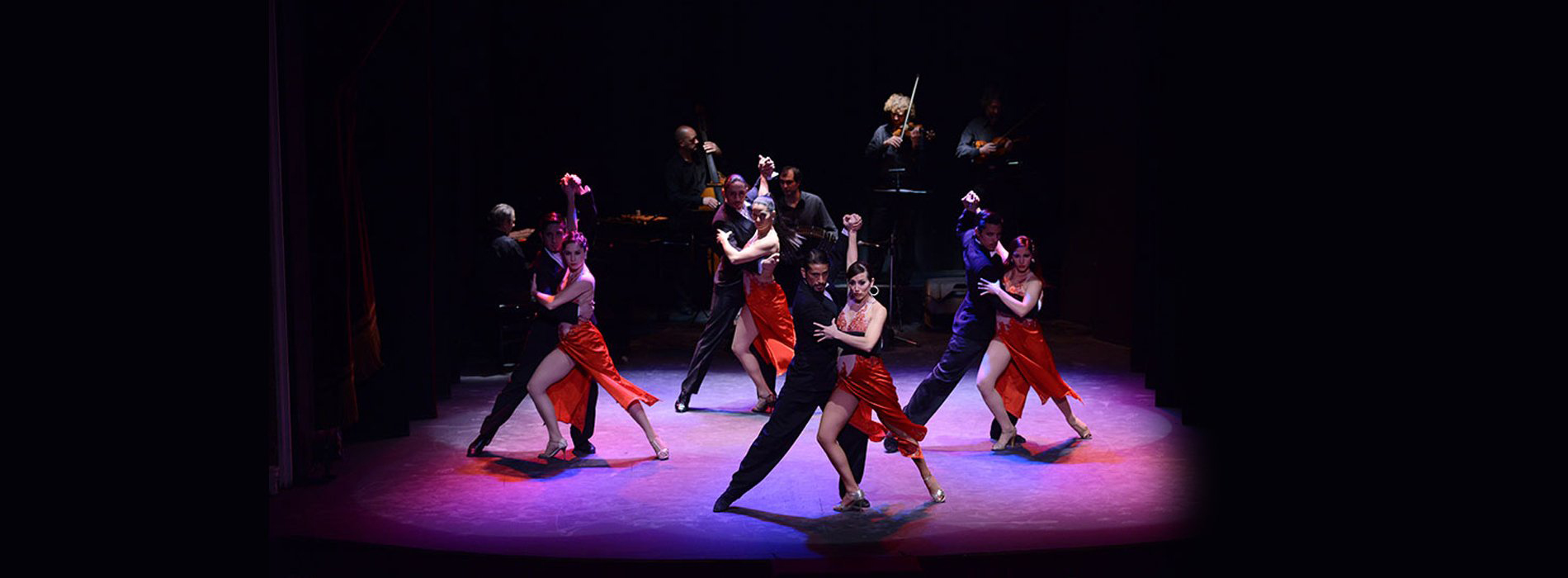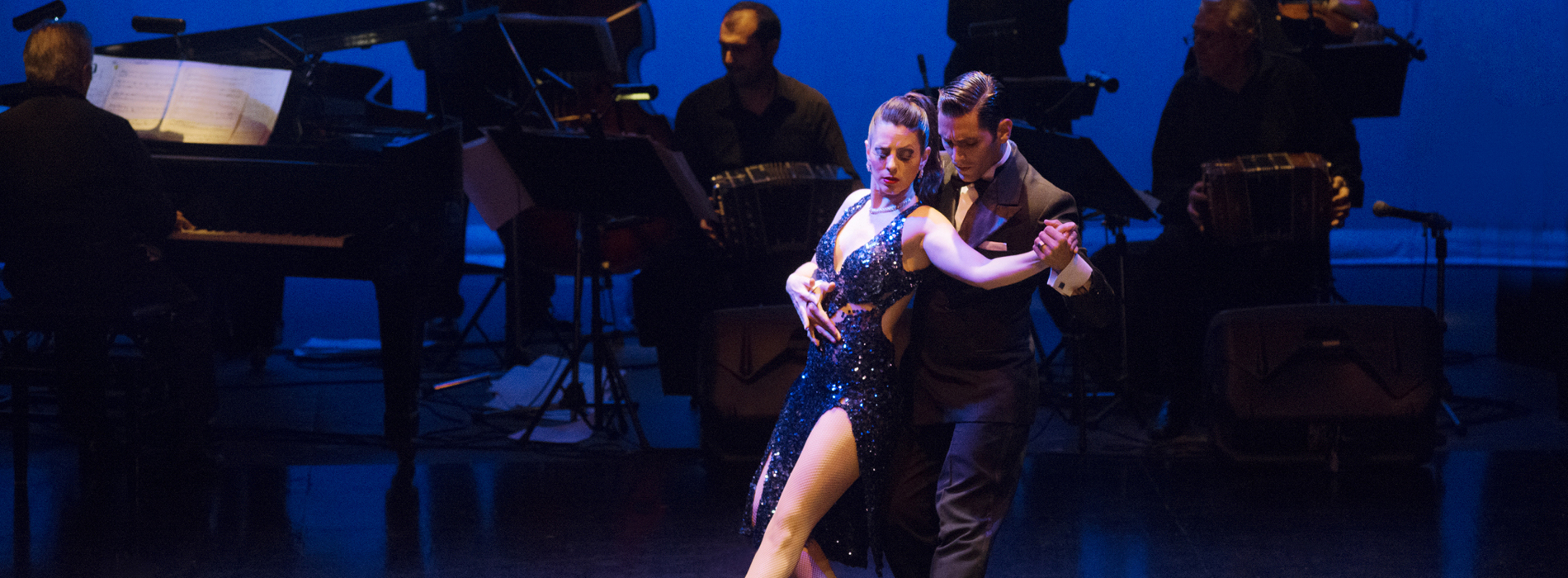
Basics of Argentine Tango – Know Basic Steps of Tango Argentina
For more than 100 years, Argentine tango has enthralled dancers. Dancers and spectators alike adore the tango for its beauty, passion, drama, and thrill. Improvisational movement and respect for your partner and the other dancers on the floor are key components of learning to dance the tango socially. Argentine tango is fundamentally about life, particularly the connection between a man and a woman. The history of tango, what to expect in classes, the different styles of tango danced at social gatherings, the music, and tango etiquette are all briefly covered in this guide.
Tango Yesterday and Today
Both the dance and the word’s precise roots are obscured by myth and an unwritten past. According to the widely recognized opinion, African slaves were brought to Argentina in the middle of the 1800s and started to have an impact on the local culture.
The word “tango,” which means “closed spot” or “reserved land,” may have its roots in pure African culture. Or it might have come from Portuguese (and the Latin term tanguere, meaning to touch), and Africans on slave ships brought it with them. Regardless of where it came from, the name “tango” came to indicate a gathering place for free and slave black people to dance.
In the latter half of the 1800s and the beginning of the 1900s, Argentina saw a significant migrant wave. Buenos Aires had 180,000 residents in 1869. Its population reached 1.5 million in 1914. A melting pot of cultures was created by the mixing of African, Spanish, Italian, British, Polish, Russian, and native-born Argentines.
Each culture also adopted dance and music from the others. Traditional waltzes, polkas, and mazurkas were combined with the well-known habaneros from Cuba and the African candombe rhythms.
Most immigrants were single guys looking to make it big in this young, developing nation. Typically, they were poor and in need, hoping to earn enough money to send their families to Argentina or return to Europe. Their great sense of loss and yearning for the people and places they left behind is reflected in the development of the tango.
It’s possible that the tango originated in African-Argentine dancing clubs frequented by compadritos, young, primarily native-born, and poor men who preferred to dress in slouch hats, and loosely knotted neckerchiefs, high-heeled boots, and knives carelessly tucked into their belts.
The compadritos introduced the tango in a variety of seedy businesses where dancing took place, including pubs, dance halls, and brothels, in the Corrales Viejos, Buenos Aires’s district of the slaughterhouses. Here, the fast-paced polka music of Argentina and African rhythms merged to create new movements that quickly caught on.
Although the activities of the barrios were despised by high society, well-off sons of the porteo elite were not opposed to slumming. Everyone eventually learned about the tango, and by the start of the twentieth century, it had become firmly entrenched in the rapidly growing metropolis where it originated as both a dance and a genre of popular music.
It quickly spread to Argentinean rural towns before crossing the River Plate to Montevideo, the capital of Uruguay, where it quickly assimilated into the city’s culture in a similar way to Buenos Aires.
Early in the 20th century, affluent sons of Argentine social families made their way to Paris, where they brought the tango to a society that was open to new ideas and wasn’t wholly against dancing with young, wealthy Latin men or the risqué aspect of the dance.
The tango had established itself as a global phenomenon in Paris, London, and New York by 1913. Tango teas, rail excursions, and even colors—most notably orange—were available. The Argentine aristocracy, who had previously avoided the tango, was now compelled to embrace it with pride in their country.
Throughout the 1920s and 1930s, tango became popular all over the world. Tango singers throughout the world and the dance were featured in motion pictures. The beginning of Argentina’s Golden Age occurred in the 1930s. Music, poetry, and other arts blossomed as the nation rose to become one of the top ten richest countries in the world. The tango evolved into a central component of Argentine culture, and its Golden Age was experienced during the 1940s and 1950s.
Tango’s success has always been correlated with the state of the economy, and this was especially true throughout the 1950s. Lyrics throughout this period represented political sentiments until they started to be outlawed as subversive as political repression increased. As major dance halls were shut down and mass gatherings, in general, were forbidden, the dance and its music disappeared. The tango has persisted in less well-known locations and people’s hearts.
The tango was in decline until the mid-1980s, when the stage production Tango Argentino debuted in Paris, as a result of the need to go underground and the eventual invasion of rock & roll. Paris served as the focal point for stoking tango fervor around the world once more. The production travelled the globe and sparked a renaissance in North America, Europe, and other parts of the globe.
Argentine Tango Basics
The four fundamental elements of Argentine Tango are walking, turning, halting, and embellishments. This is an improvisational dance. The dance is similar to a puzzle that is assembled uniquely every time. The unique styles and embellishments that both men and women bring to the dance greatly add to its excitement and unpredictability.
Even though dancers adhere to certain rules, they can never predict how someone will put together a dance, add an embellishment, or interpret the music. The potential for surprises within the dance is what makes it so compelling. Because the dance involves more than simply the guy leading and the woman following, it truly takes two to tango. Like in all good interactions, both partners can add something significant.
Similar to a horse race, tango is performed counter clockwise around a floor. Dancers make an effort to stay away from the center area and on the floor’s outside boundaries. On a tango dance floor, if you could look down, you would notice that the dancers move as if they were floating down a river, sometimes moving forward smoothly and other times pausing for a spin in a shallow eddy.
When you initially begin to learn it, you must first master a few fundamental motions. Don’t worry; learning the fundamentals is not that difficult. Beginners typically begin with Tango Basic or 8-Count Basic.
Tango Basic consists of five steps performed to eight musical beats. Slow, slow, fast, quick, slow is the rhythm. While the fast steps only need one beat of the music, the slow steps require 2. Tango music is often performed at a speed of 30-33 measures per minute and is written in 4/4 time (but can also be written in 2/4 time).









